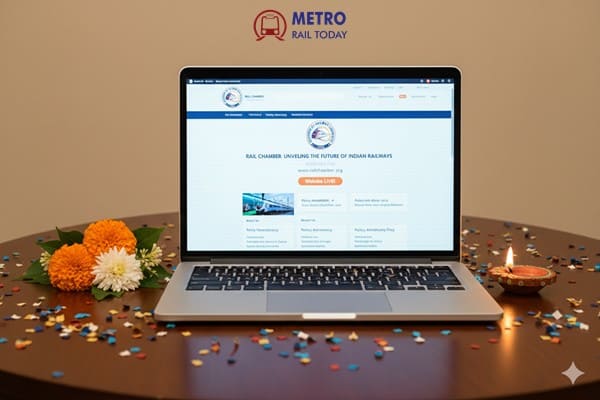 India launches Chamber of Railway Industries (Rail Chamber) on Good Governance Day
India launches Chamber of Railway Industries (Rail Chamber) on Good Governance Day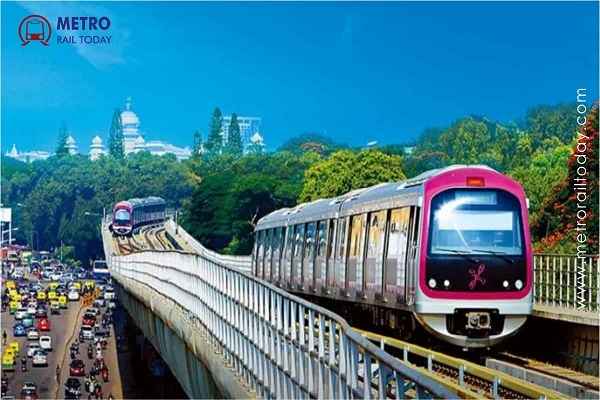 Bangalore Metro network gears up to grow from its current 96 km to 466 km by 2035
Bangalore Metro network gears up to grow from its current 96 km to 466 km by 2035 South Korea unveils EMU-370, Set to come World’s Second Fastest High-Speed Train
South Korea unveils EMU-370, Set to come World’s Second Fastest High-Speed Train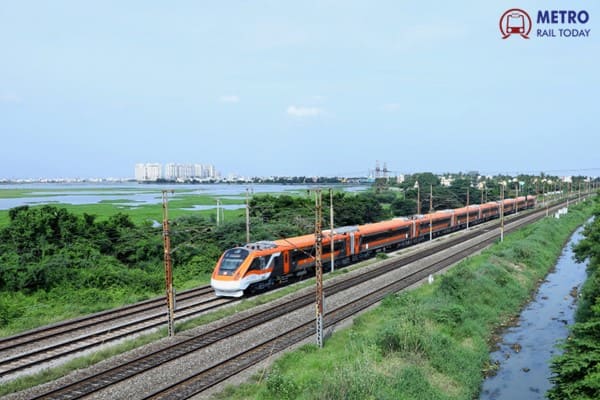 India plans record ₹1.3 Trillion Rail Safety Outlay for FY2026-27
India plans record ₹1.3 Trillion Rail Safety Outlay for FY2026-27 Govt. of India approves three new corridors worth ₹12,015 crore under Delhi Metro Phase V
Govt. of India approves three new corridors worth ₹12,015 crore under Delhi Metro Phase V Delhi Metro completes 23 glorious years in public transport service in Delhi-NCR
Delhi Metro completes 23 glorious years in public transport service in Delhi-NCR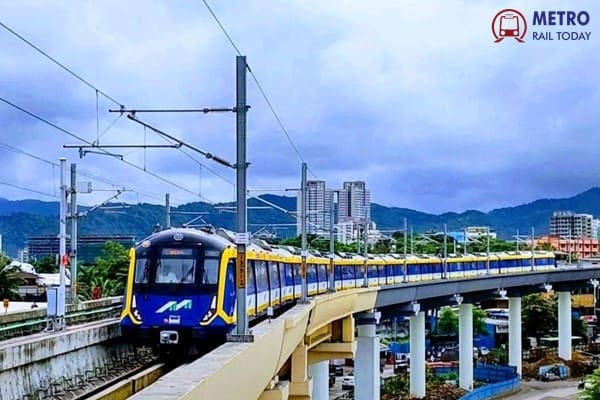 L&T bags major electrification and systems contract for Mumbai Metro Line 4 project
L&T bags major electrification and systems contract for Mumbai Metro Line 4 project Why many Global Railway OEMs struggle in India — and how they can succeed?
Why many Global Railway OEMs struggle in India — and how they can succeed?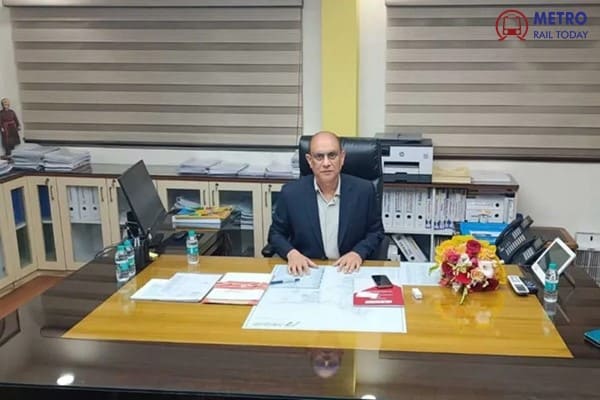 Saleem Ahmad takes charge as new Chairman & Managing Director (CMD) of RVNL
Saleem Ahmad takes charge as new Chairman & Managing Director (CMD) of RVNL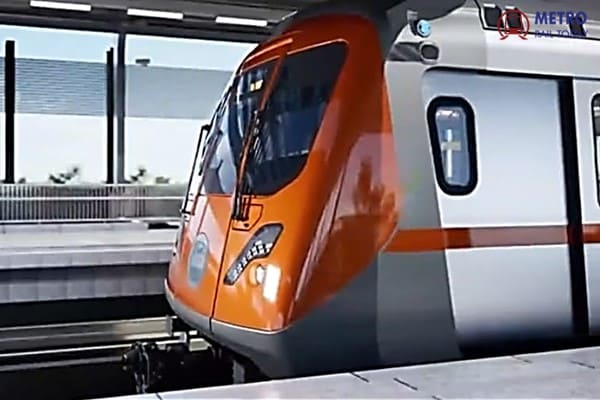 DMRC to implement Advanced AFC System for Bhopal and Indore Metro Rail Projects
DMRC to implement Advanced AFC System for Bhopal and Indore Metro Rail Projects
Navigating Challenges: Implementing TCAS Systems like KAVACH in Indian Railway Network
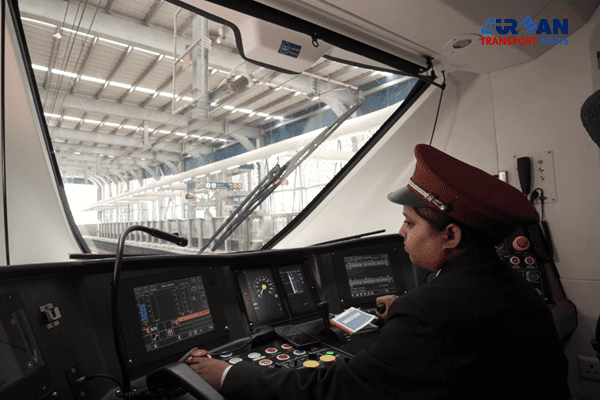
Safety is a cornerstone of operations in the vast expanse of India's railway network. With the advent of Advanced Train Protection (ATP) systems, such as the Train Collision Avoidance System (TCAS), the railway sector has witnessed a paradigm shift towards enhanced safety measures. However, implementing TCAS, known as KAVACH in India, is not without its share of hurdles. This article delves into the multifaceted challenges hindering the seamless integration of TCAS into India's railway infrastructure, while also exploring potential solutions to navigate these obstacles effectively.
Understanding the Imperative for TCAS (KAVACH) System
Amidst the bustling activity of India's railway network, the need for TCAS emerges as a critical imperative. Several factors underscore the necessity for adopting TCAS technology:-
- Safety Amidst High-Density Railway Network: With trains crisscrossing the length and breadth of the country, ensuring safety within the high-density railway network becomes paramount. TCAS offers a robust solution to mitigate risks associated with signal passing at danger, excessive speed, and potential collisions.
- Optimizing Infrastructure Utilization: India's railway infrastructure faces immense pressure due to burgeoning demand and capacity constraints. TCAS presents an opportunity to optimize the utilization of existing infrastructure, including rolling stock, tracks, and signaling systems, thereby enhancing operational efficiency.
- Facilitating the Induction of High-Speed Trains: As India embraces technological advancements in the form of semi-high and high-speed trains, the need for a sophisticated safety net becomes increasingly apparent. TCAS serves as a crucial tool in managing the operations of these trains safely and efficiently.
- Enhancing Revenue and Profitability: Beyond its safety benefits, TCAS contributes to the financial viability of the railway sector by minimizing accidents and disruptions. A safer railway ecosystem translates to improved revenue generation and enhanced profitability.
- Improving Reliability and Availability: TCAS systems bolster the reliability and availability of railway services, instilling confidence among passengers and stakeholders alike. By reducing the occurrence of accidents and delays, TCAS enhances overall service quality and passenger satisfaction.
Functionalities of TCAS
At the core of TCAS lies a comprehensive suite of functionalities designed to address diverse safety challenges encountered in railway operations:-
- Prevention of Signal Passing at Danger (SPAD): TCAS employs advanced algorithms to prevent trains from passing signals in danger, thus averting potential collisions and ensuring adherence to signaling protocols.
- Collision Prevention Between Trains: Through real-time monitoring and communication, TCAS mitigates the risk of collisions between trains, whether head-on, rear-end, or side-on, thereby safeguarding both passengers and assets.
- Train Speed Supervision and Control: TCAS systems monitor train speeds and intervene when necessary to ensure compliance with designated speed limits, contributing to overall safety and operational efficiency.
- Train Braking via Brake Interface Unit (BIU): In emergencies, TCAS interfaces with the train's braking system via the Brake Interface Unit (BIU), enabling rapid deceleration and preventing accidents.
- End of Authority (EOA) Trip for Trains: By accurately determining the end of a train's authority within a given track segment, TCAS facilitates smooth transitions and minimizes the risk of overspeed situations.
- Communication of Distance Traveled and Speed: TCAS systems relay crucial information regarding distance traveled and current speed to both onboard personnel and central control stations, enabling informed decision-making.
- Displaying Signal Post Status on Driver Machine Interface (DMI): Through the Driver Machine Interface (DMI), TCAS provides real-time updates on signal post statuses, empowering locomotive operators to make timely adjustments to their course of action.
- Calculation of Movement Authority (MA): TCAS calculates the movement authority for each train based on its current position, speed, and track conditions, ensuring safe and efficient routing.
- SOS Messages Generation, Communication, and Cancellation: In the event of emergencies, TCAS systems generate and communicate SOS messages to relevant authorities, facilitating swift response and resolution. Upon resolution of the emergency, SOS messages are promptly canceled to prevent unnecessary disruptions.
- Auto Whistling at Level Crossing Gates Approach: To alert pedestrians and motorists of an approaching train, TCAS activates auto whistling mechanisms when nearing level crossing gates, enhancing overall safety at railway crossings.
Challenges in Implementing TCAS System
Despite its potential to revolutionize railway safety, the implementation of TCAS in India faces a myriad of challenges:-
- Fitment Challenges: The diverse nature of locomotives and passenger trains poses significant challenges in standardizing TCAS equipment across different rolling stock. Ensuring compatibility and seamless integration with existing train systems remains a formidable task.
- Infrastructure Costs: The substantial infrastructure investment required for TCAS installation presents a significant financial barrier. With costs estimated at approximately ₹50 lakh per kilometer, the financial burden of deploying TCAS across India's vast railway network is considerable.
- Variability in Braking Systems: Diverse braking systems employed across various locomotives and passenger trains further complicate TCAS implementation efforts. Customizing TCAS functionalities to align with different braking mechanisms adds complexity to the integration process.
- Limited Implementation Scope: Despite the potential benefits of TCAS, its deployment remains limited to a few select sections of the Indian railway network. As of now, TCAS covers only a small percentage of freight and passenger trains, hindering its widespread adoption and effectiveness.
- Procedural Delays: The implementation of TCAS is beset by procedural delays stemming from various factors, including vendor development, inter-departmental coordination, budget allocations, and infrastructure creation. These delays prolong the implementation timeline, impeding the timely realization of TCAS benefits.
Recommendations
To overcome fitment challenges, stakeholders should collaborate to establish standardized TCAS equipment specifications compatible with various types of locomotives and passenger trains. This collaboration should involve railway authorities, manufacturers, and regulatory bodies to streamline the fitment process and ensure interoperability across the railway network.
To address infrastructure cost challenges, government authorities should explore avenues for cost-sharing and investment incentives with railway operators and private sector stakeholders. Additionally, leveraging technology advancements and innovative financing models can help mitigate upfront costs and accelerate TCAS deployment across priority railway corridors.
To overcome variability in braking systems, railway authorities should collaborate with manufacturers to develop standardized interfaces and protocols for integrating TCAS with diverse braking systems. This collaboration should prioritize interoperability and ease of integration, allowing for seamless deployment across different types of trains.
Despite the potential benefits of TCAS, its deployment remains limited to a few select sections of the Indian railway network. As of now, TCAS covers only a small percentage of freight and passenger trains, hindering its widespread adoption and effectiveness.
To address procedural delays, railway authorities should establish dedicated task forces or committees tasked with overseeing and expediting the TCAS implementation process. Clear timelines, performance benchmarks, and accountability mechanisms should be established to ensure efficient coordination among stakeholders and timely resolution of implementation challenges.
Conclusion
In conclusion, the implementation of TCAS systems like KAVACH in India's railway network presents both opportunities and challenges. While TCAS holds immense potential to enhance safety, optimize operations, and improve overall efficiency, its successful integration requires concerted efforts to address the aforementioned challenges. By prioritizing standardization, mitigating infrastructure costs, streamlining implementation procedures, and fostering collaboration among stakeholders, India can overcome these obstacles and usher in a new era of railway safety and efficiency. As the nation marches towards a future characterized by high-speed trains and digital transformation, the adoption of TCAS systems will play a pivotal role in shaping the trajectory of India's railway sector for years to come.




